pu stone production┬Ā-pu stone manufacturing process’┐╝
News 2024Õ╣┤7µ£ł24µŚź 59
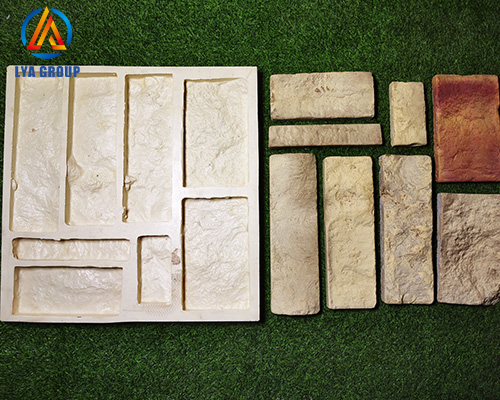
PU stone production refers to the manufacturing process of creating artificial stones using polyurethane (PU) materials. PU stones are synthetic stones that mimic the appearance and texture of natural stones, offering versatility and ease of installation. Here’s a general overview of the steps involved in PU stone production:
Design and Mold Preparation: Determine the desired stone design and texture for the PU stones. Create or acquire molds that are typically made of silicone or other flexible materials. The molds should have the desired stone shape and surface texture.
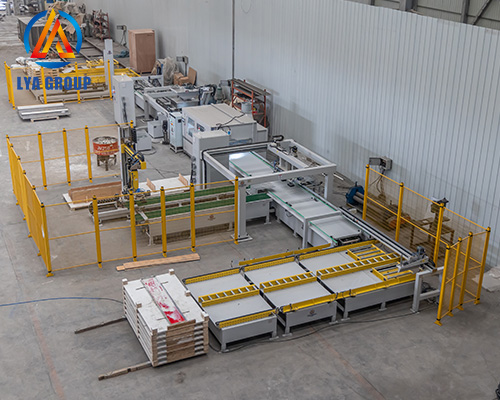
PU Material Preparation: Prepare the polyurethane material by mixing two main components: the polyol and isocyanate. These components are mixed in precise ratios to initiate a chemical reaction that forms the PU resin. Add pigments or colorants to achieve the desired stone color.
Mold Coating: Apply a release agent or mold release spray to the molds to facilitate easy demolding of the PU stones. This coating helps prevent the PU resin from sticking to the molds.
PU Casting: Pour or inject the prepared PU resin into the molds. Ensure that the resin is evenly distributed within the molds to achieve consistent thickness and density. The molds may be vibrated or tapped to remove air bubbles and ensure proper filling.
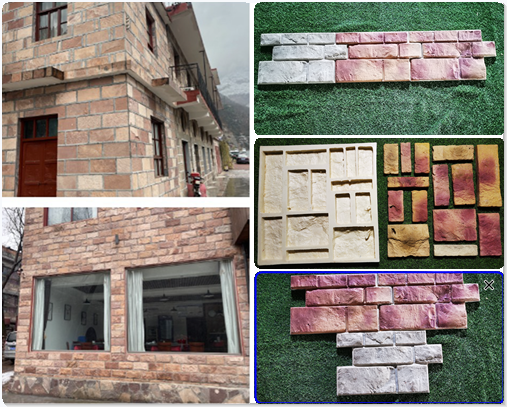
Curing and Demolding: Allow the PU resin to cure and harden within the molds. This process typically involves controlled temperature and humidity conditions to facilitate the chemical reaction and achieve the desired properties. Once the PU resin has cured, demold the stones by carefully removing them from the molds.
Trimming and Finishing: Trim any excess material or flash from the edges of the demolded PU stones. Use appropriate cutting tools or machinery to achieve precise dimensions and smooth edges. Perform additional finishing processes, such as sanding or polishing, to enhance the appearance and texture of the stones.
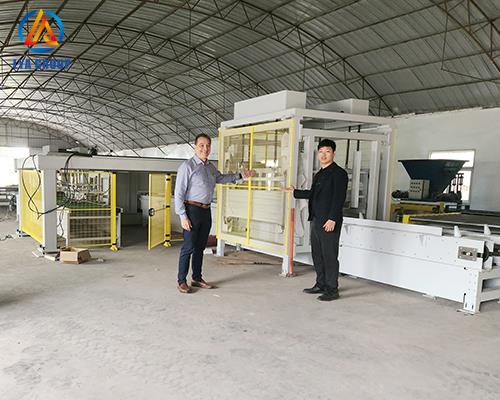
Quality Control: Inspect the finished PU stones for any defects, such as surface imperfections or color inconsistencies. Perform necessary quality checks to ensure that the stones meet the desired standards in terms of appearance, texture, and durability.
Packaging and Distribution: Package the PU stones in a protective manner to prevent damage during transportation and storage. Label the packages with relevant information like product name, size, and batch number. Distribute the PU stones to retailers or customers as per demand.
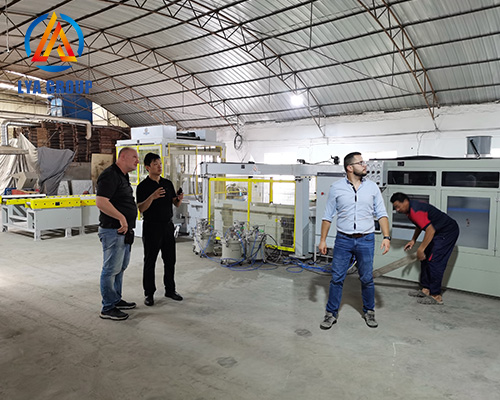
It’s important to note that the specific techniques, equipment, and materials used in PU stone production can vary depending on the manufacturer and the desired characteristics of the final product. Adhering to safety guidelines and environmental regulations is critical throughout the production process
